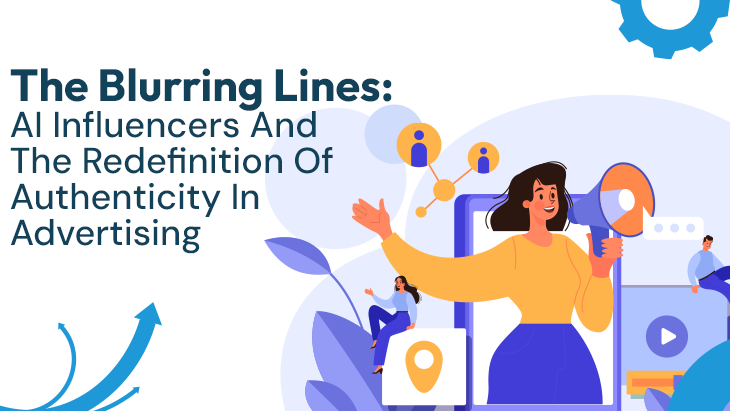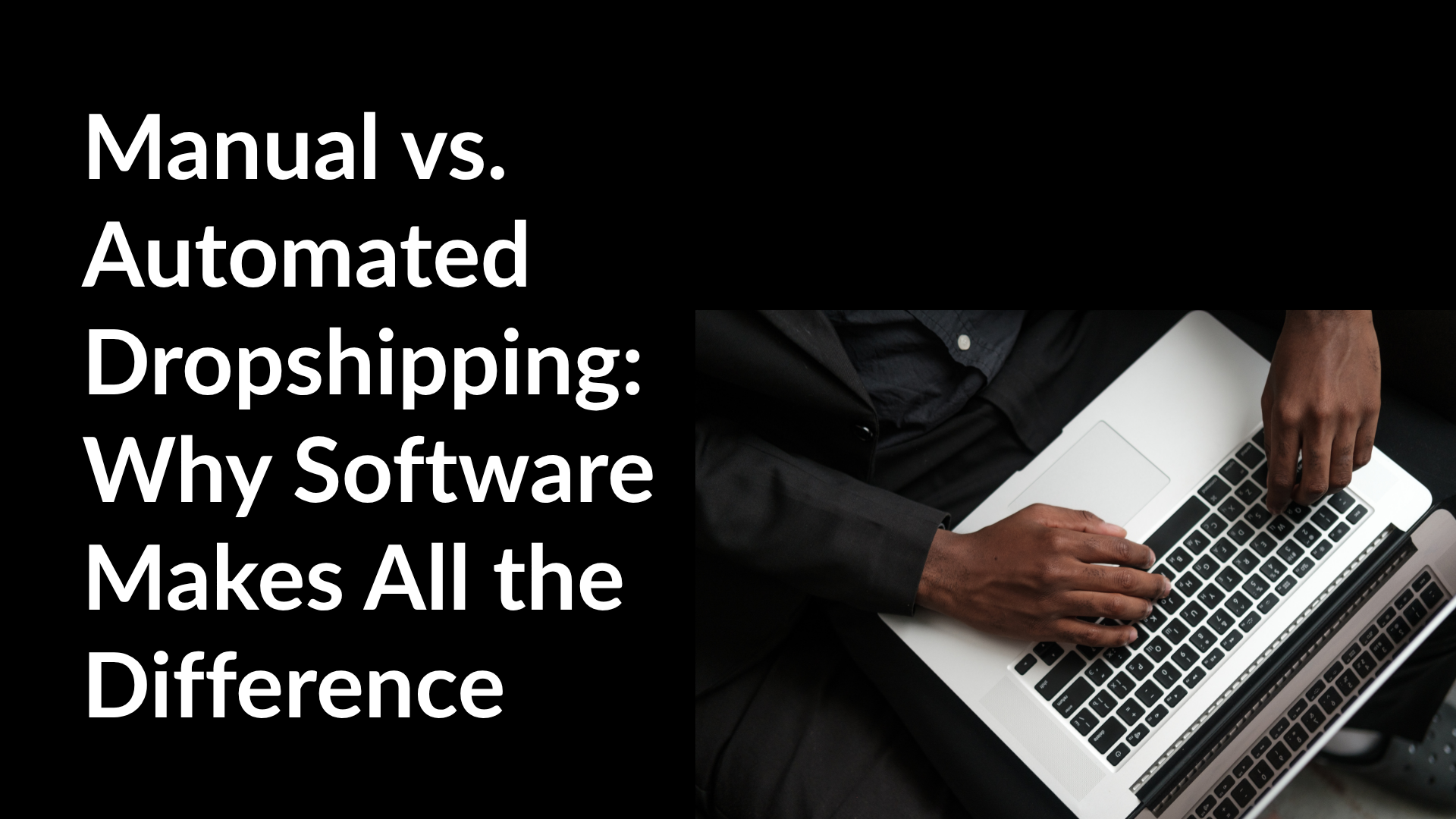In the dynamic world of advertising, the emergence of AI influencers marks a significant paradigm shift. These digital personas, powered by advanced technologies, are redefining the boundaries of influence and authenticity. This exploration delves into the journey of AI influencers, their impact on advertising norms, and the ethical debates they ignite. Through this comprehensive analysis, we aim to provide insights into the evolving landscape of digital marketing and the role of artificial personalities within it.
The Rise of AI Influencers: A Brief History
The concept of AI influencers, while seemingly a product of modern technological advancements, has its roots deeply embedded in the early experiments of computer-generated imagery (CGI) and artificial intelligence. Initially, these digital beings were simple mascots or virtual characters representing brands, devoid of the complex personalities or influence they wield today. However, as technology progressed, so did the capabilities and realism of these virtual entities.
The turning point came with the advent of social media platforms. These digital stages offered a unique space for AI influencers to not only exist but thrive. Companies began to see the potential of these entities as they could control every aspect of their persona, from their looks to their opinions, without the unpredictability inherent in human influencers. This control allowed brands to craft perfectly aligned marketing messages, ensuring consistency and brand safety.
As these virtual characters became more sophisticated, powered by advancements in AI and machine learning, they started to amass genuine followings. Followers who, aware of the artificial nature of these influencers, were nonetheless captivated by their stories, styles, and the novelty of interacting with a non-human entity. This marked the beginning of AI influencers as a potent force in the advertising realm, bridging the gap between technology and human emotion.
How AI Influencers are Redefining Authenticity in Advertising
The rise of AI influencers brings into question the concept of authenticity in advertising. Traditionally, authenticity in marketing was closely tied to human experiences and genuine endorsements. However, AI influencers, with their programmed personalities and manufactured experiences, challenge this notion. They represent a new form of authenticity, one that is curated and controlled, yet resonates with audiences in a unique and compelling way.
This redefinition stems from the ability of AI influencers to engage with their followers in a seemingly personal and relatable manner, despite their artificial nature. They can be programmed to embody certain values, champion causes, and even exhibit vulnerabilities, crafting an aura of authenticity that appeals to the digital generation. This digital authenticity, although different from traditional forms, is powerful in its ability to connect and influence.
Moreover, the transparency surrounding the artificiality of these influencers adds another layer to the authenticity debate. Unlike human influencers, who might mask their commercial agreements or present a polished version of their lives, AI influencers are upfront about their nature. This honesty about their creation and purpose can paradoxically endear them to their audience, further blurring the lines between genuine human interaction and digital programming.
Advantages and Disadvantages of Using AI Influencers in Advertising Campaigns
Leveraging AI influencers in advertising campaigns presents a host of benefits. For brands, the control over the influencer’s persona eliminates the risks of off-brand behavior or controversial opinions that can accompany human endorsements. This level of control ensures that the messaging remains consistent and aligned with the brand's values and goals. Additionally, AI influencers can be available 24/7, engaging with different markets across time zones without the need for breaks or personal time.
Furthermore, AI influencers can be tailored to appeal to specific demographics, with the ability to adjust their interests, language, and even appearance to suit the target audience. This customization allows for highly targeted marketing strategies that can resonate more deeply with intended consumers. The novelty and technological allure of AI influencers also offer a unique engagement point, attracting attention in the crowded digital space.
However, the use of AI influencers is not without its challenges. The lack of human spontaneity and genuine emotion can be a drawback for certain audiences who crave authentic human connections. There is also the potential for a disconnect or backlash from consumers who may feel manipulated by the artificial nature of these endorsements. Moreover, the development and maintenance of sophisticated AI influencers require significant investment in technology and expertise, potentially limiting their accessibility to smaller brands.
Famous AI Influencers and Their Successful Campaigns
In the realm of AI influencers, several names stand out, having carved their niches and garnered substantial followings. These digital personalities have collaborated with major brands, demonstrating the potential of AI influencers in executing successful advertising campaigns. Among the list of AI influencers, Lil Miquela, a CGI-created character with millions of followers on social media, has partnered with luxury and fashion brands, blurring the lines between virtual and reality in the fashion industry.
Another notable AI influencer is Shudu, dubbed the world’s first digital supermodel. Created by a fashion photographer, Shudu has modeled for high-profile brands, showcasing the potential of virtual models in reshaping fashion marketing. These campaigns highlight not only the visual appeal of AI influencers but also their ability to engage audiences and generate buzz around products and brands.
The success of these campaigns lies in the novelty and curiosity that AI influencers inspire. They offer a glimpse into the future of advertising, where the boundaries between the real and the virtual increasingly blur. By leveraging the unique qualities of AI influencers, brands can create memorable and impactful marketing initiatives that stand out in the digital landscape.
Ethical Considerations in Using AI Influencers
The integration of AI influencers in advertising raises several ethical considerations. The primary concern revolves around the transparency and disclosure of their artificial nature. While many followers might be aware of the AI influencers’ non-human status, the potential for deception exists, particularly as these digital beings become more realistic. Ensuring clear disclosure about the nature of AI influencers is crucial to maintaining trust and integrity in marketing communications.
Another ethical issue pertains to the impact of AI influencers on societal standards of beauty and lifestyle. Given that these digital creations can be designed to embody unrealistic ideals, they could contribute to unhealthy comparisons and expectations among followers. The responsibility lies with creators and brands to consider the potential societal implications of their virtual ambassadors.
Furthermore, the use of AI influencers touches upon concerns regarding data privacy and security. The interactions between AI influencers and their followers generate vast amounts of data, which must be handled with care to protect privacy and prevent misuse. As the capabilities of AI influencers continue to evolve, so too must the ethical frameworks that guide their use in advertising.
The Future of AI Influencers in Advertising
Looking ahead, the trajectory of AI influencers in advertising seems poised for continued growth and innovation. As technologies advance, we can expect these digital entities to become even more realistic and interactive, further enhancing their appeal and effectiveness as marketing tools. This evolution will likely spur new creative possibilities, allowing brands to craft even more engaging and immersive advertising experiences.
Moreover, the integration of AI influencers could extend beyond traditional advertising, venturing into areas such as virtual events, customer service, and personalized shopping experiences. These applications could transform the way brands interact with their audiences, offering new levels of personalization and engagement.
However, the future of AI influencers will also be shaped by the regulatory and ethical landscapes. As society grapples with the implications of these digital beings, regulations may emerge to govern their use, ensuring transparency, fairness, and respect for privacy. Navigating these challenges will be crucial for brands and creators looking to harness the power of AI influencers in a responsible and effective manner.
How to Identify AI Influencers and Differentiate Them from Human Influencers
Distinguishing AI influencers from their human counterparts is becoming increasingly challenging as the technology behind them advances. However, there are several indicators that can help identify an AI influencer. One telltale sign is the perfection in their appearance and the consistency in their content, which lacks the spontaneity or imperfections typical of human-generated content. Additionally, AI influencers often disclose their digital nature in their bios or through explicit statements, ensuring transparency with their audience.
Another method of differentiation lies in analyzing the interactions between the influencer and their followers. AI influencers may exhibit patterns in their responses that suggest programmed interactions, unlike the more organic engagement seen with human influencers. Furthermore, a deep dive into the influencer’s backstory and the creation process, often shared by the creators, can provide insights into their artificial origins.
By paying attention to these details, consumers and brands can navigate the digital landscape more effectively, appreciating the unique qualities of AI influencers while acknowledging their differences from human influencers.

















Post Comments